By Daiva Repečkaitė, Julian Bonnici and Sabrina Zammit
Photo credit: Joanna Demarco
- Malta’s population grew by over 100,000 in a decade, with migrants now representing one in five residents – and a majority in several urban localities.
- Over the same period, tourism has increased to roughly 62,000 extra people every day.
- Tax revenues have almost doubled, but local councils remain severely underfunded, receiving less than 1% of total tax revenue despite managing key services like waste, roads, and public spaces.
- Waste management has become a flashpoint issue, politicised amid rising construction and tourism; complaints and enforcement gaps persist despite regionalisation reforms.
- Economic geography is uneven: Sliema and St Julian’s dominate finance and tech, while southern towns depend on lower-wage retail and hospitality sectors.
- Integration efforts are fragmented – some councils build partnerships with schools, churches, and NGOs, but most lack dedicated funding or staff for community programmes.
- Experts and community leaders warn that true integration depends on local infrastructure, not national rhetoric, calling for investment in schools, councils, and shared spaces.
Malta’s population has increased by over 100,000 in the past decade, with migrants now accounting for one in five residents. In the country’s patchwork of towns and villages, it is residents and their local councils that sit on the frontline of this transformation.
Malta’s small size and a large number of local councils create an opportunity for local governments to be close to the people.
Local councils are responsible for upkeep and maintenance of roads, open spaces, playgrounds, and kindergartens; waste collection; and, under national schemes and in cooperation with national authorities, for health and educational facilities. They also have statutory duties to provide certain information to residents on their rights, services, and local decisions.
As localities become increasingly diverse and foreign populations within them grow, some take initiative, while others merely watch as tensions rise.
Take a look at the breakdown of Malta’s population and the impact of migration on certain towns here. Amphora Media zoomed in on local community interactions in localities, many of which border one another, that have seen significant increases in their foreign populations over the past decade.
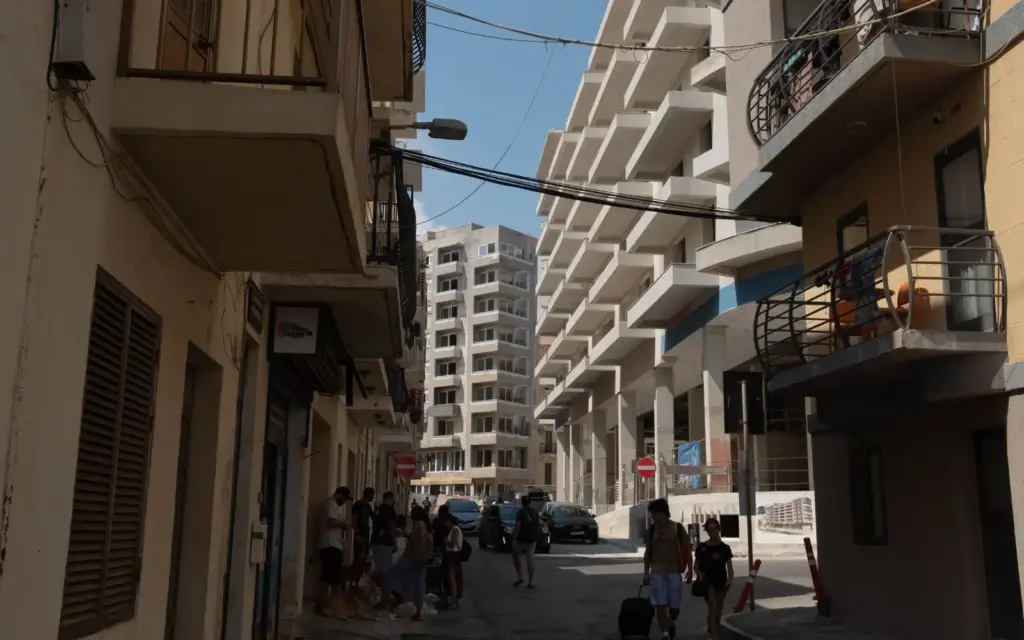
When local communities dwindle
In several Maltese communities, foreigners now outnumber citizens. In St Paul’s Bay and Gżira, three out of every five residents are foreign, while in St Julian’s, Sliema and Pietà they make up just over half.
Msida mayor Charles Selvaggi told Amphora Media that the official figure is a conservative estimate, as he believes there are many unregistered residents.
These shifts are reshaping the character of the localities. In communities like Sliema and St Julian’s, which have attracted foreign residents, including many of those working in the lucrative iGaming and financial services industries, the average rent for a one-bedroom apartment in the locality is over €1,200 per month, according to the Housing Authority data.
“The community is disappearing bit by bit. The young people from St Julian’s are leaving to find cheaper housing elsewhere,” St Julian’s mayor Guido Dalli told Amphora Media.
Conversely, Damien Schembri, the mayor of Munxar, which also includes Xlendi, believes that affordability and rising housing costs in Malta could be behind recent increases in Gozo’s foreign population.
“As a country, we’ve attracted many third-country nationals, and they need somewhere to live. I think the most affordable rents are in Xlendi and Marsalforn,” he said.
According to the Housing Authority, the average rent for a one-bedroom apartment in Munxar is €638 – nearly half of that in St Julian’s.
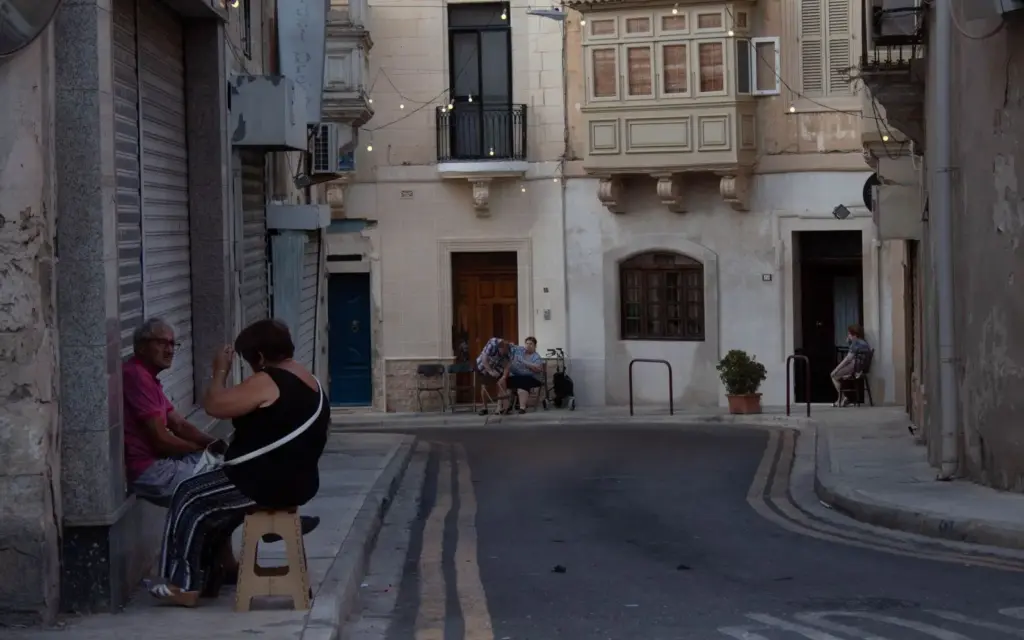
Localities differ not only in the composition of nationalities. They also attract a diverse range of industries and offer various job opportunities.
According to the Central Bank, “St Julian’s and Sliema, alongside St. Paul’s Bay, Mellieħa and Valletta, have an active role as central hubs for the retail sector”.
In total terms, St Paul’s Bay (2,929), Sliema (2,804) and Qormi (2,519) have the largest number of businesses, whereas St Julian’s had the most active commercial scene, with nearly 173 businesses per 1,000 residents.
Southern localities of Marsaskala and Birżebbuġa had the lowest presence of business. St Paul’s Bay has a relatively low business density per capita, but it still hosts a large number of businesses overall.
However, Sliema and St Julian’s stood out as outliers, hosting the island’s top-earning private industries. NSO figures show that the two highest-paying sectors are Financial and Insurance Activities (€2,777 per month) and Information and Communication (€2,430 per month).
Together, Sliema and St Julian’s account for 702 businesses in these sectors. When it comes to Financial and Insurance Activities, the combined total, 370, matches all other localities under review.
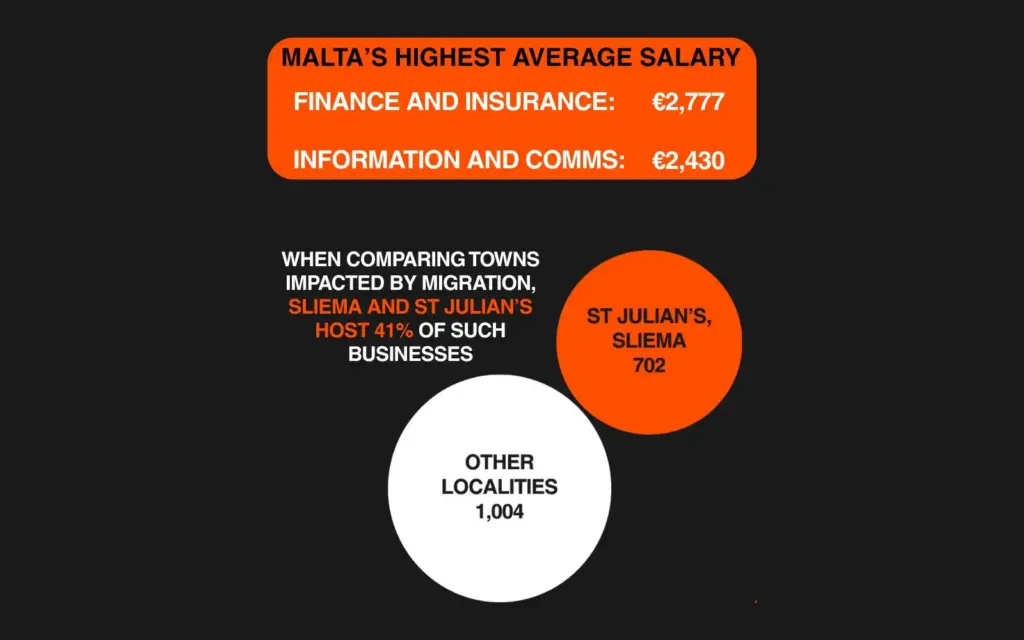
A similar disparity appears in “professional, scientific and technical activities”, the fourth best-paying private industry (€1,937 per month). Here, Sliema hosts 495 businesses and St Julian’s 418. The closest competitors are Msida (233) and Qormi (223).
Conversely, the sector grouping “Wholesale and retail trade; transportation and storage; accommodation and food service activities” records the lowest average monthly salary (€1,663) but remains the most common economic activity in localities such as Marsa, Ħamrun and Qormi. It is the activity with the largest number of employees in Malta, with 69,086 employees.
Among the areas reviewed, Qormi (632) and St Paul’s Bay (461) lead the list, followed by Sliema (443) — highlighting the area’s broad mix of economic activity.
“There are so many people here—Gżira has become very commercial. Restaurants are opening all the time. Big business. So obviously, a lot of people will come here, and when more people come, more problems will arise,” says Gżira mayor Neville Chetcuti. He wants to see more police presence in his town.
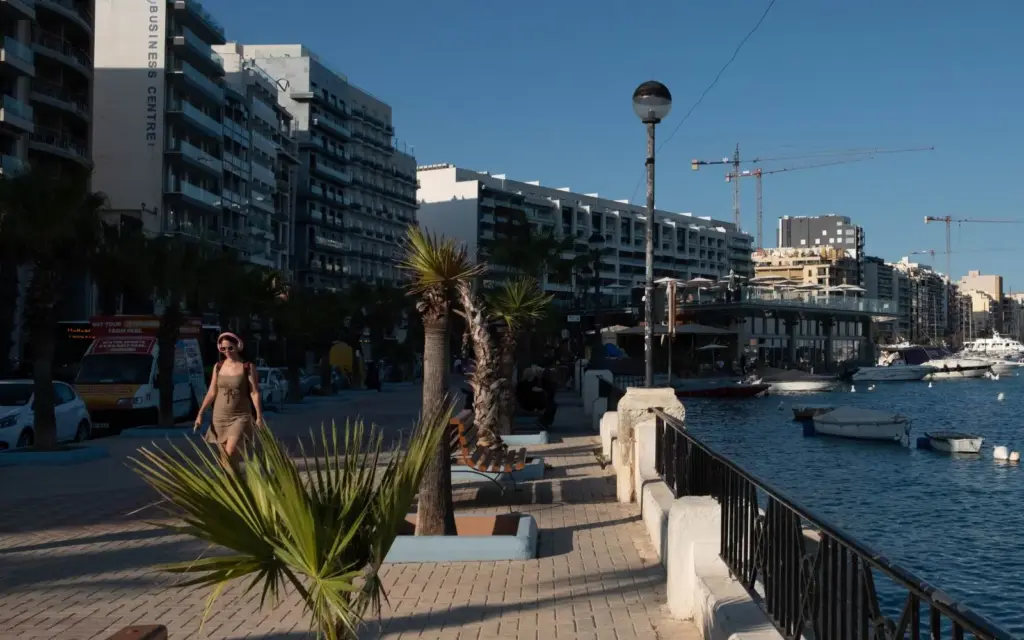
Our calculations show that overall, the more the population increases, the less local council budgets keep up.
According to the latest available data, Malta generated almost €5.6 billion in tax revenues in 2023, an increase of almost €1.5 billion from 2020.
In comparison, the total budget for the 68 local councils in Malta and Gozo that same year was almost 43.9 million, less than 0.8% of the total tax revenue generated.
For communities facing the burden of overpopulation and overtourism, such as Sliema, that figure drops to 0.02%, despite the economic activity in the area.
Among the localities analysed, Msida, with the largest share of foreign population in Malta, had the smallest budget per capita. Since 2013, Marsa has had the smallest budget upgrade. The Gozitan localities enjoyed larger allocations.
Accounting for inflation, local council budgets increased by more than half in only three of the localities under review: St Paul’s Bay, Sliema, and St Julian’s.
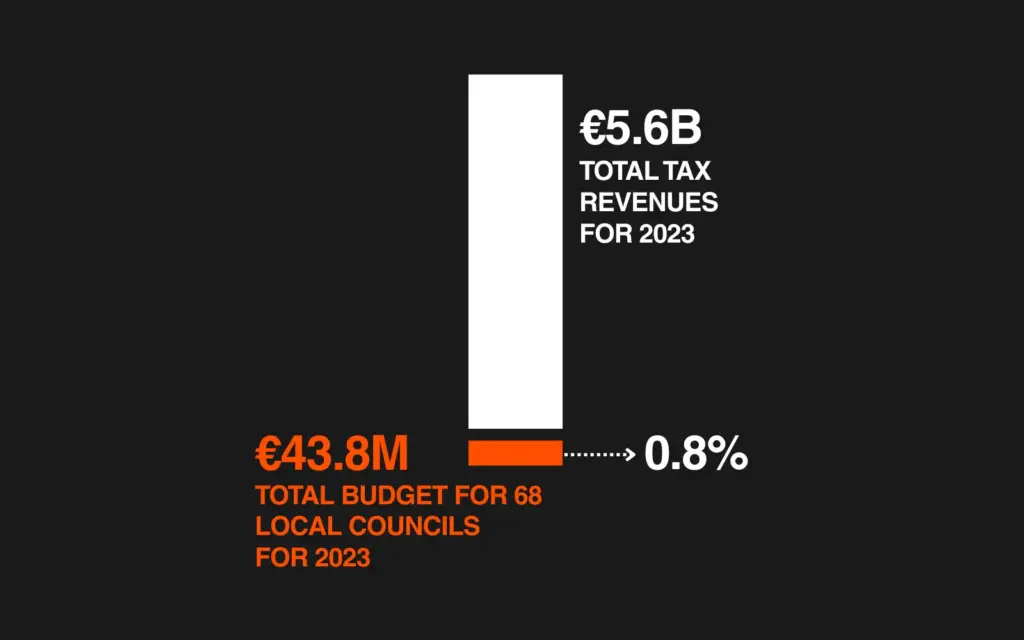
When waste takes over
“The biggest headache we have is rubbish,” says Żebbuġ (Gozo) mayor Baskal Saliba.
According to the European Environment Agency, the total amount of waste generated in Malta increased by 100% between 2010 and 2022. It increased by a further 7% in 2023.
The largest contributor was construction and demolition, a consequence of the development boom required to accommodate Malta’s population growth.
Municipal waste generation per capita has started decreasing since 2019, as has total waste generation, despite minor fluctuations during the 2020–2022 period. Yet, the visibility of waste in localities and the shifting responsibility for waste management have politicised the issue.
Data shows that councils received numerous complaints about late or lacking waste collection: Marsaskala was receiving 16 per week in 2022, Żabbar received over 700 in 2024. However, some councils did not have a system to log such complaints.
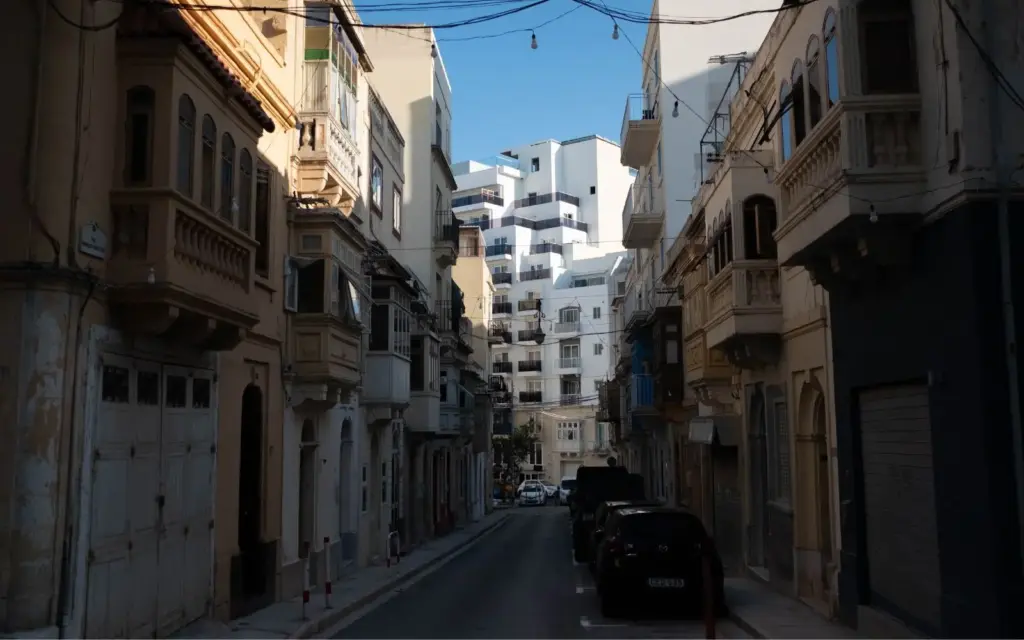
A 2023 study on online hate speech in Malta found that hateful social media comments often dehumanised migrants by associating them with dirt or waste. The researchers noted that the Maltese words “żibel”, “ħmieġ”, and “imbarraz” appeared particularly frequently..
The government has attempted to address the issue. In 2020, it announced the regionalisation of waste management, intending to achieve economies of scale.
“We have to admit that when the regions took over the waste collection tenders, it failed—it failed in the sense that the plan to reduce black bags [mixed waste] didn’t work,” St Julian’s mayor Dalli told Amphora Media.
Marsaskala mayor Mario Calleja is also unconvinced, warning that it has created a bureaucratic challenge and left him powerless. Msida mayor Charles Selvaggi went further, warning that it’s forcing people out of communities:
“If you ask why native Maltese move out of Msida, they mention two reasons: too many foreigners, and the enormous waste problem we have in Msida, which is phenomenal,”he told Amphora Media.
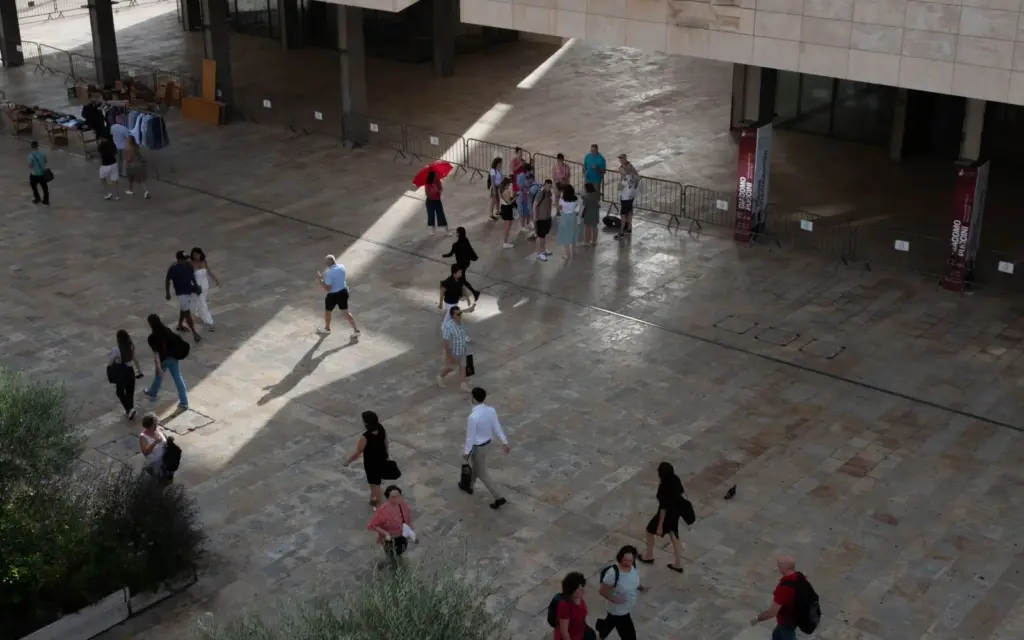
‘Foreigners’, a seemingly catch-all term for residents, tourists and asylum seekers, often receives the blame, despite the clear distinctions between the groups.
Marsaskala Mayor Calleja is critical of blaming resident foreigners for waste problems, instead pointing to the rise of short-term rentals.
Gżira mayor Neville Chetcuti shares this view, observing that “the majority [of litterers] for sure are tourists. Especially those in short lets—they’re the ones who cause the most problems. Long lets—some here, some there—are not as bad. But the worst are the short lets.”
Selvaggi is also cautious of placing the blame on ‘others’. “Everyone litters—we say foreigners because there are many foreigners living in Msida. Opposite the new government [housing] block, which is all Maltese, the problems are enormous.”
Munxar mayor Schembri believes that in his locality, waste disposal contraventions are typically committed by migrant workers.
“We see a big issue with waste separation, because they just don’t put out the waste on the scheduled day, and unfortunately, we mostly see this among third-country nationals,” he said, suggesting compulsory information sessions about waste for migrant workers.
Since 2020, waste separation has been made mandatory. In 2022, nearly 4,900 contraventions were issued.
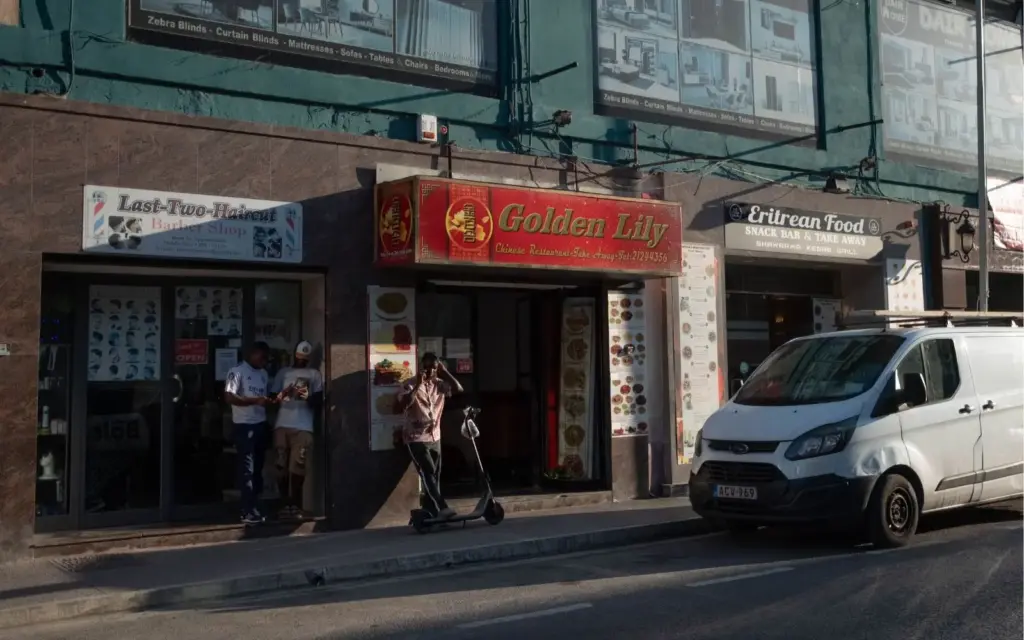
Councils and Communities: A Shared Path Forward, Stepping Up When Central Government Will Not
The National Strategic Vision for Local Government 2023-2030 promises that “Difficulties that may exist between Local Councils and Regional Councils will be scrutinised, followed up by an exercise through which a holistic list of guidelines could be created” without specifying how. With investment in local services low, Calleja’s approach to resolving various pressures relies on personal contact and networking.
“We are in contact with the schools, with the church and everyone. In a community like ours, in Marsaskala, the mayor, the police inspector, the parish priest, the bank manager, and the heads of schools have to be united. If these people are united, then it could be easy to run the community,” he says.
Kirstin Sonne, who has published a study on I Belong, a programme that offered courses to migrants, told Amphora Media that bringing migrants and educators allows persons from different communities to know one another and share practical advice.
The programme took place at Malta’s central academic institutions. Sonne thinks that it would have been more impactful if it had a local character.
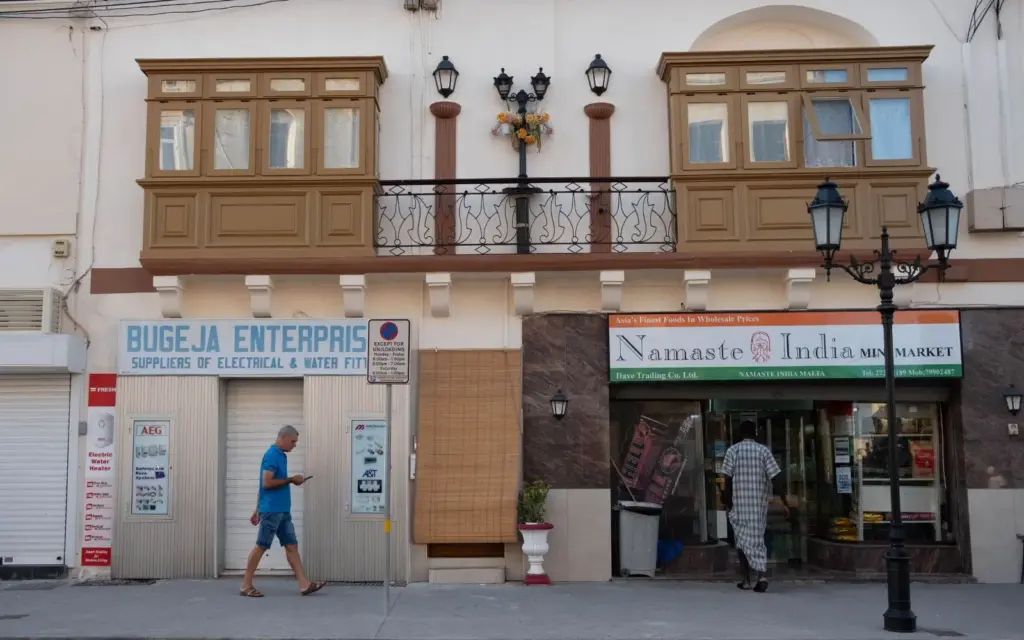
Speaking to Amphora Media, Mohamed Ibrahim, a Sudanese community leader, said that sometimes integration has to come from migrants themselves. An alumni of the I Belong programme, he explained that convincing others to join him was not easy.
“It’s not easy to convince someone. It is up to us. I convinced very few.”
“If you want to employ me but don’t understand you. How can I work with you? So [language] is very important. You have Maltese and English. So everyone has an opportunity.”
Chetcuti of Gżira told Amphora that in his experience, inviting diverse communities to events at the council has not been fruitful, unless they are specifically targeted to migrants.
The experience of the Migrant Women Association Malta shows that distance, on a small island plagued by bad traffic makes a difference in facilitating or impeding migrant women’s access to integration initiatives, and most women attending the programmes live close to the organisation’s hub in Ħamrun.
The Nepali Malta Association is also a centre point for the Nepalese community in Malta. It has become a somewhat embassy in Malta, assisting its members in integrating and settling down in the country, while also addressing their issues.
However, without sustained funding, it can be difficult to maintain.
“We had something before. We used to study Maltese, English and some arts as well. Computers too. But because of COVID-19, we closed and we didn’t open it again,” Mohamed Ibrahim from the Sudanese community told Amphora Media.
“Unfortunately, we didn’t [find government support]. We used to collect money to pay the rent, and we had to close it. We didn’t even try to find a place for us because the support there once was lost. Rent is not cheaper.”
Sonne says that integration cannot be uncoupled from local infrastructures.
“I think it would make more sense to invest in community events, or give local councils more money to create local infrastructure that people can use collectively. I think these kinds of organic ways of integrating, also putting a lot of resources into schools, that’s what could solve problems.”
She concluded that “If there aren’t infrastructures and policies in place to accommodate a diverse population, then you are going to have so-called migration problems.”
This investigation was developed with the support of Journalismfund Europe.

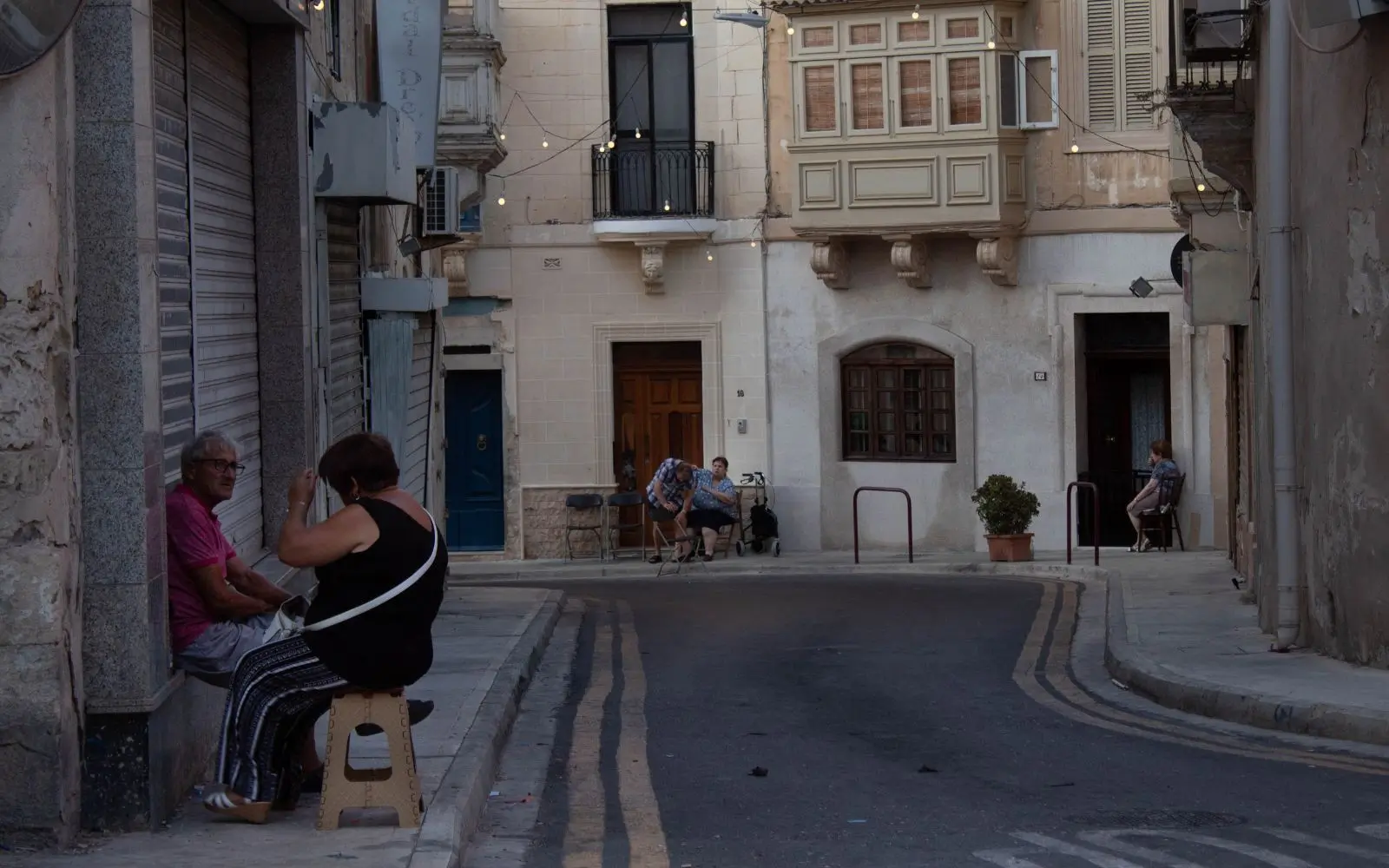
Leave a Reply